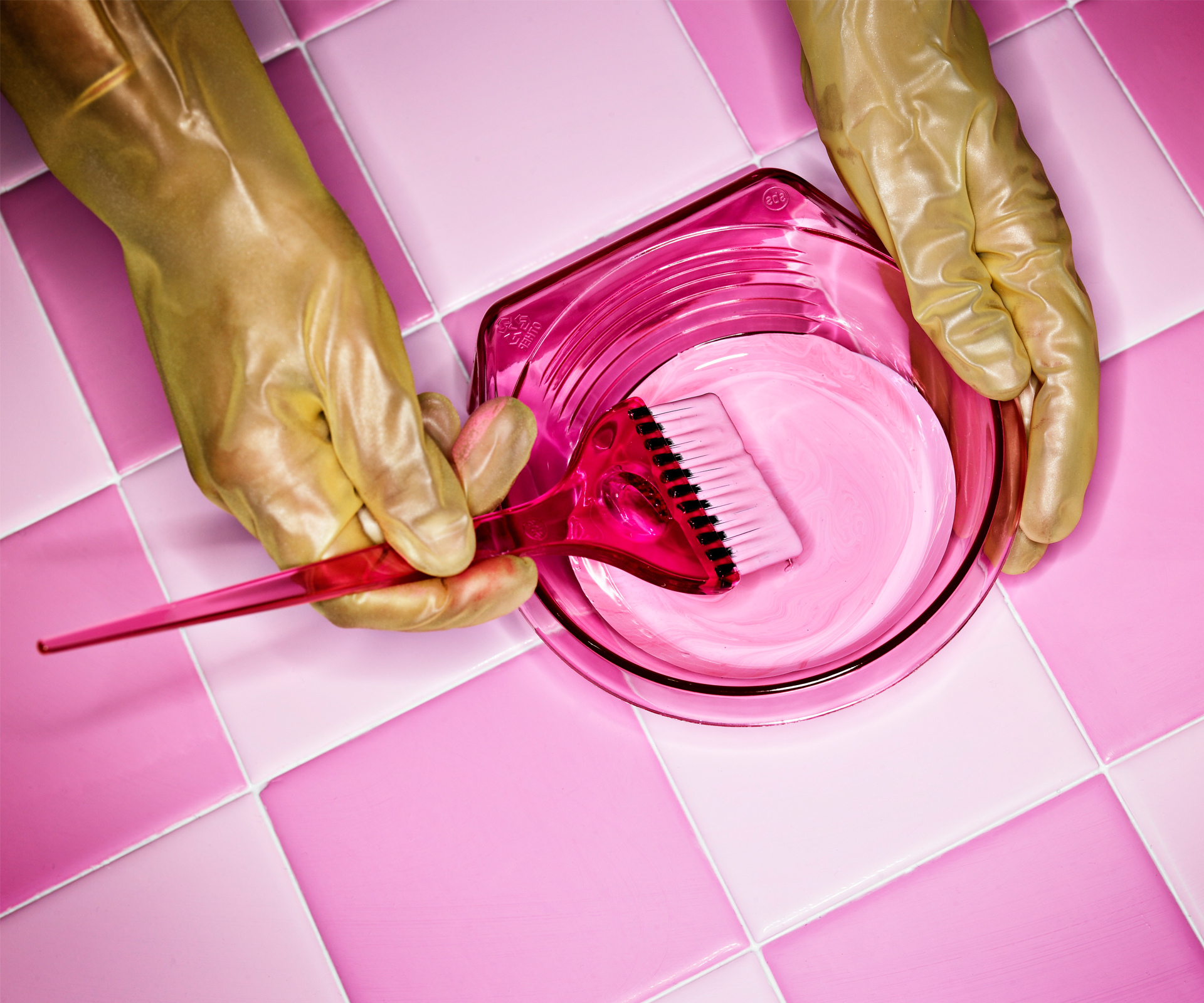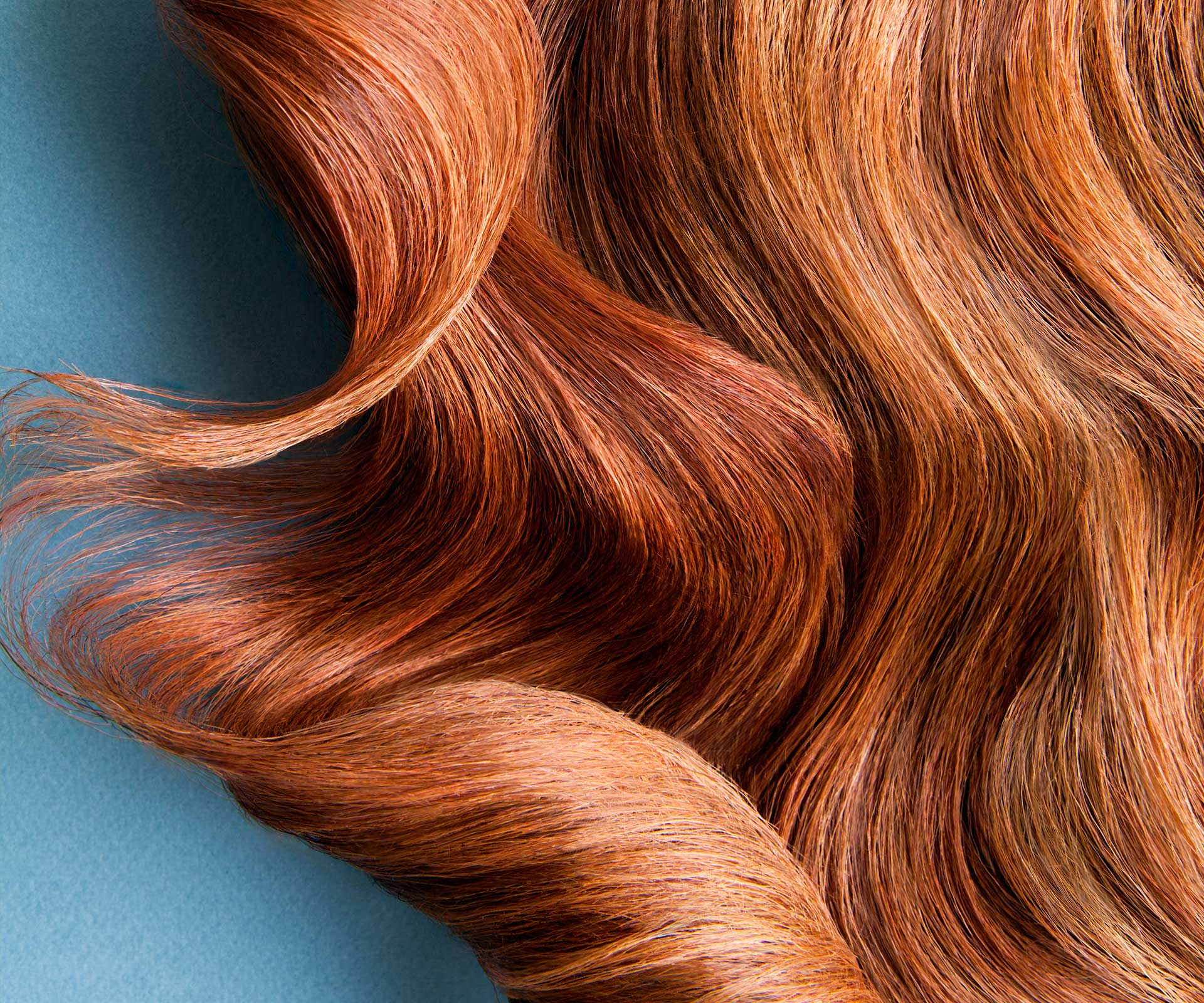Anyone who’s ever coloured their hair can attest to the fact that a great dye job wields enormous power. Case in point: a vibrant, multi-dimensional new hair colour can be a confidence-boosting cure-all, while a botched bleach job… well, we don’t even want to go there.
Seems simple enough, but getting a flattering new hue – and keeping it once you’ve left the salon – can sometimes feel like the search for the Holy Grail. So what are the secrets to achieving the perfect colour? Here, the experts reveal all.
Take a picture
It’s easy for ideas to get lost in translation, so take a picture along that shows your colourist what you want to achieve.
“It’s always good to get a real understanding of what clients are looking for, and pictures provide that,” says Nicole Gordon, senior stylist at Dharma salon in Auckland.
The picture should act as a starting point for discussion, especially if it shows a platinum blonde bombshell when your natural colour is jet black.
“As a colourist, it’s my job to talk to the client about what they want, but also to discuss what is possible and what will actually work best for them,” says Gordon.
If your desired shade is a big departure from your natural colour, book a consultation to discuss it first, says Amie Burmaz-Nichol from Main Divide Hair Lounge in Oxford, Canterbury.
That way, your stylist can talk you through your options and book in the appropriate amount of time for the colour to be done.
“I always do test strands so I can be more confident of the outcome, too,” she adds.

Do your prep
If the bleach and peroxide used in many hair-lightening processes tend to leave you with a tender scalp, be sure to tell your colourist in advance.
“In these instances I use a pre-colour scalp treatment and we also recommend at-home care treatments,” says Gordon.
Having a patch test done 24 hours prior to your colour is the best way to determine whether you’ll have a reaction, says Burmaz-Nichol.
“If a client’s scalp is very sensitised, we recommend they start a prescriptive haircare regime before having any colour done,” she adds.
Consider your colouring and hair type
When deciding on the kind of colour you want, it’s important to remember that everyone’s hair is different, so the balayage or total colour change that looks amazing on your friend might not necessarily be right for you.
“The general industry rule is to only go a maximum of two shades either side of your natural colour, but of course many people want a more dramatic change than this, which is fine, but you should stagger it over time,” says Gordon.
Lightening hair is potentially the most damaging colouring method because when hair is bleached it goes through an oxidation process that dissolves the pigment.
This can strip hair of essential oils, causing split ends and breakage.
“Really damaged hair is not likely to stand up well to lightening, depending on how many shades lighter we’re being asked to go,” says Gordon.
Both she and Burmaz-Nichol advise their clients to have an in-salon treatment to protect hair from damage during the colouring process.
Gordon recommends Schwarzkopf Professional’s FibrePlex system, which enforces the hair’s structural bonds to minimise breakage during colouring without compromising on development time, while Burmaz-Nichol uses Joico’s Crème Lightener, which contains the brand’s protein-rich repair formula, Quadramine Complex, to deliver maximum reconstruction during the lightening process.

Expert tip
“If you want a big colour change, start by getting your hair cut first. This removes hair that doesn’t require colouring and helps us map out our colour placement,” says Amie Burmaz-Nichol.
Maintain your colour
Once you’ve left the salon with your luscious new locks and soaked up the compliments, how do you maintain the colour and avoid the dreaded fade?
Stephen Cockle, creative director of ASC Salon in Parnell, Auckland, says the best way to avoid colour fade is to use a good quality colour brand in the first place.
“Davines Mask with Vibrachrom, has proven to be the best colour I have used in my 20 years of hairdressing,” he says.
“Our clients comment on how much longer their colour lasts, its vibrancy, and simply how much kinder it is on their hair.”
The second biggest contributing factor to colour fade is the condition of your hair, he says.
“If your hair is healthy and in good condition your colour will last longer. So, rather than instantly going for the colour care shampoo and conditioner you should use something that addresses the particular concerns or issues around your hair condition. For example, if you have damaged and sensitised hair, we recommend Davines NaturalTech Nourishing range. If your hair is dehydrated, the Replumping range concentrates on replenishing moisture to the hair.”
Use hair treatments to keep your hair healthy
After colouring, it’s tempting to slather your hair with treatments – but use them sparingly, warns Auckland-based hair stylist Samantha Snow.
Proteins are found naturally in hair and when packed into treatments they help bolster damaged strands. Use them too often, however, and they’ll harden your hair, causing it to break more easily.
Snow recommends alternating a protein and moisturising treatment once or twice a month.
“This is especially important if your hair is really damaged,” she says.
“Porous strands suck up protein and it could lead to a vicious cycle of trying to make hair healthier, but it only getting weaker.”


